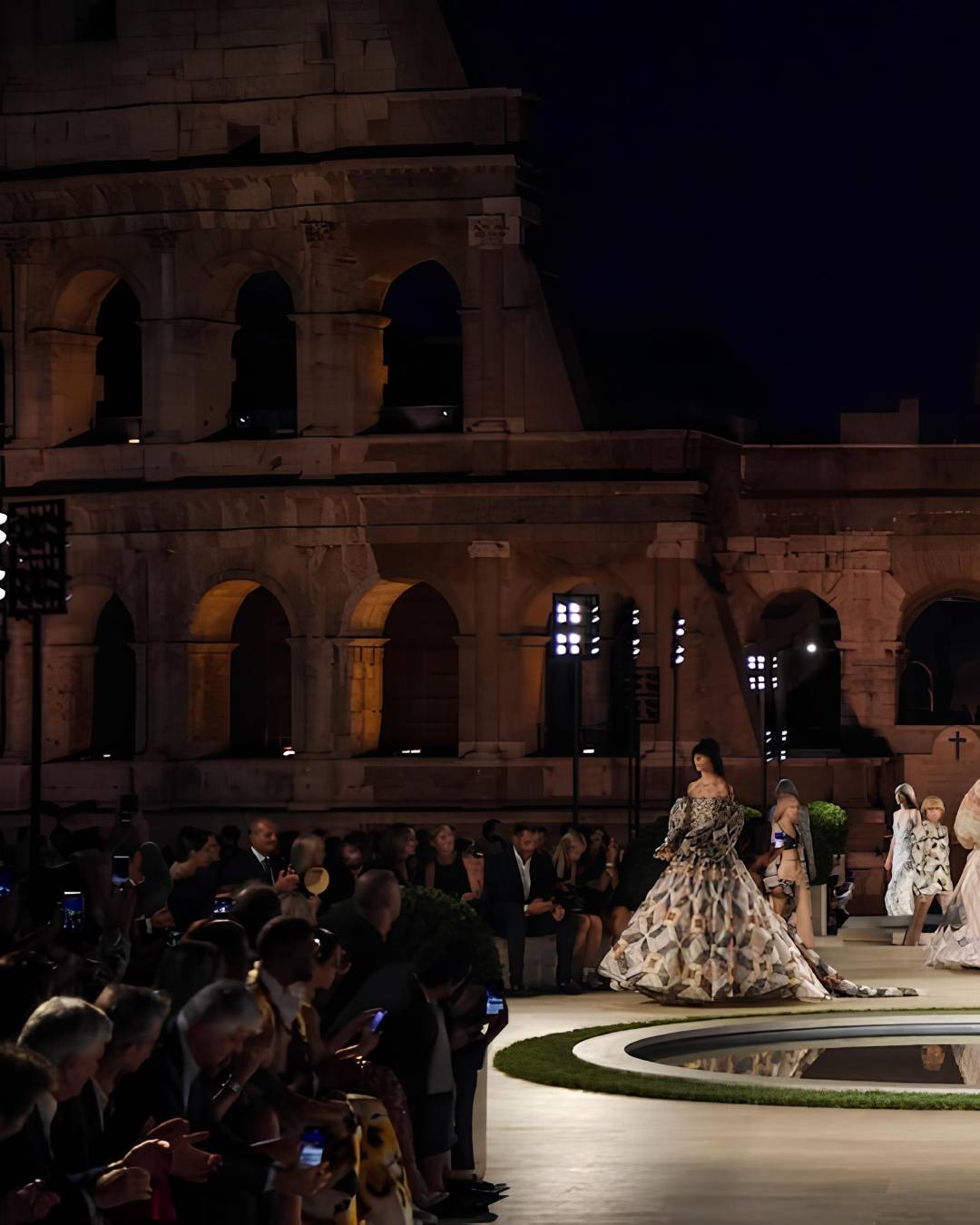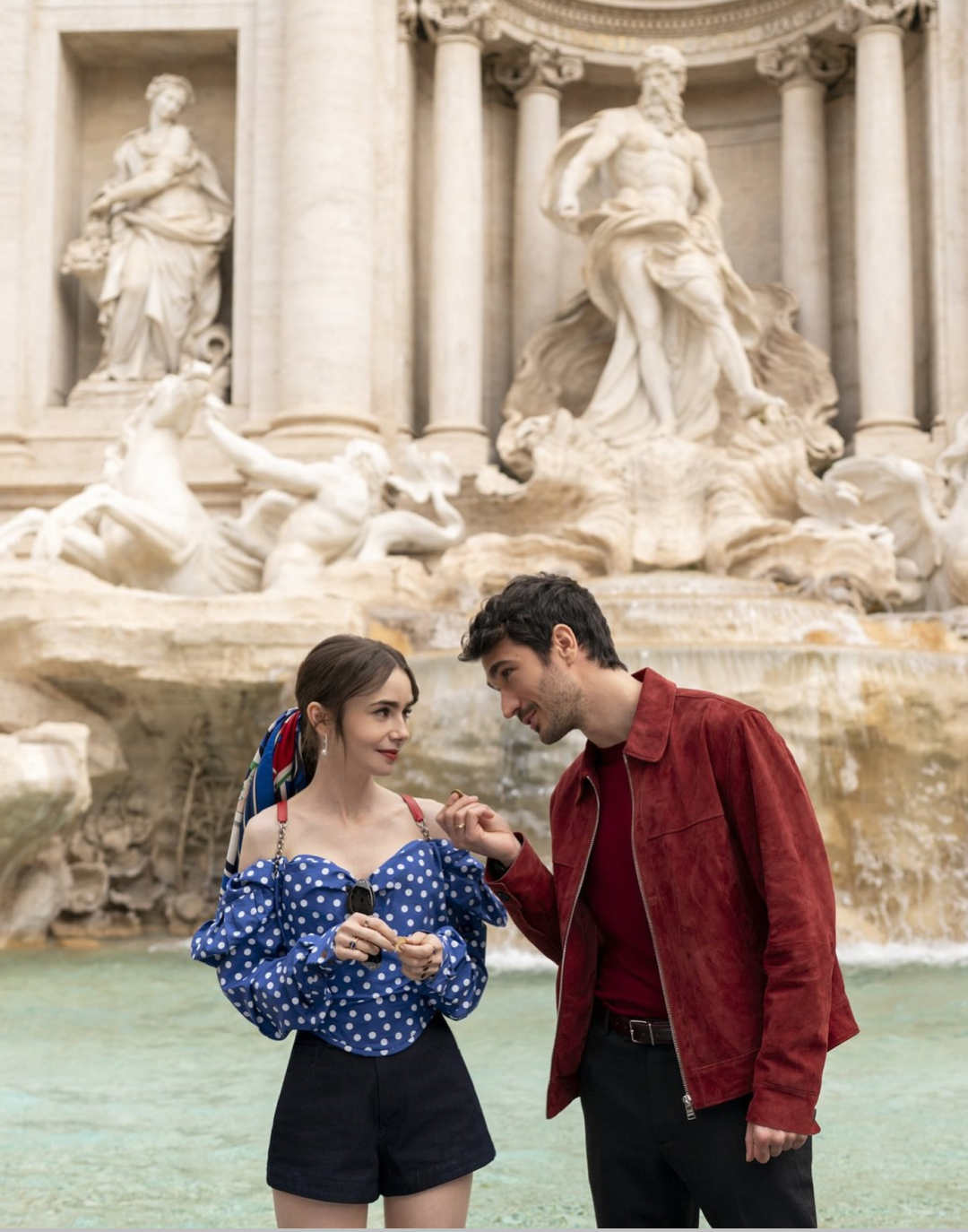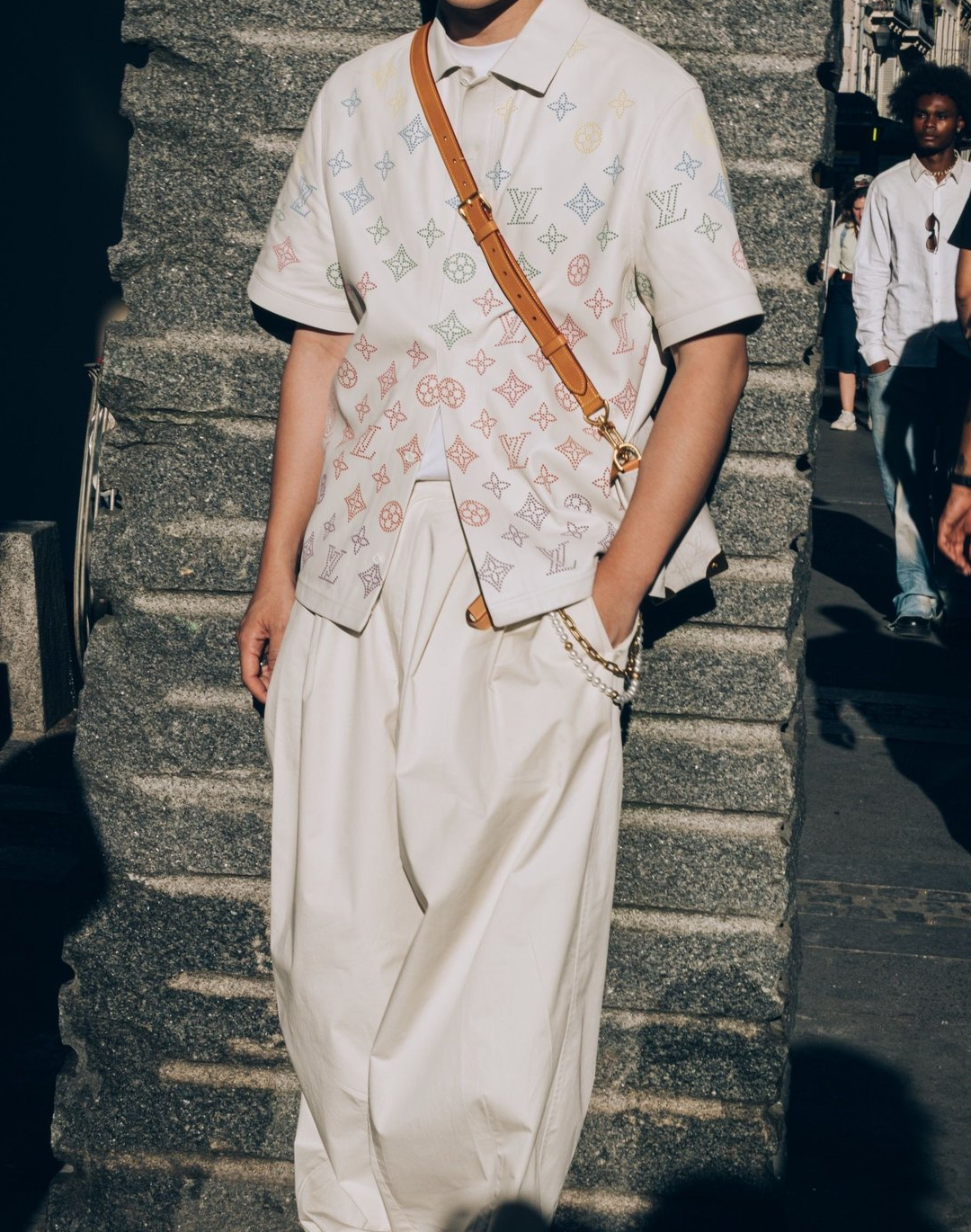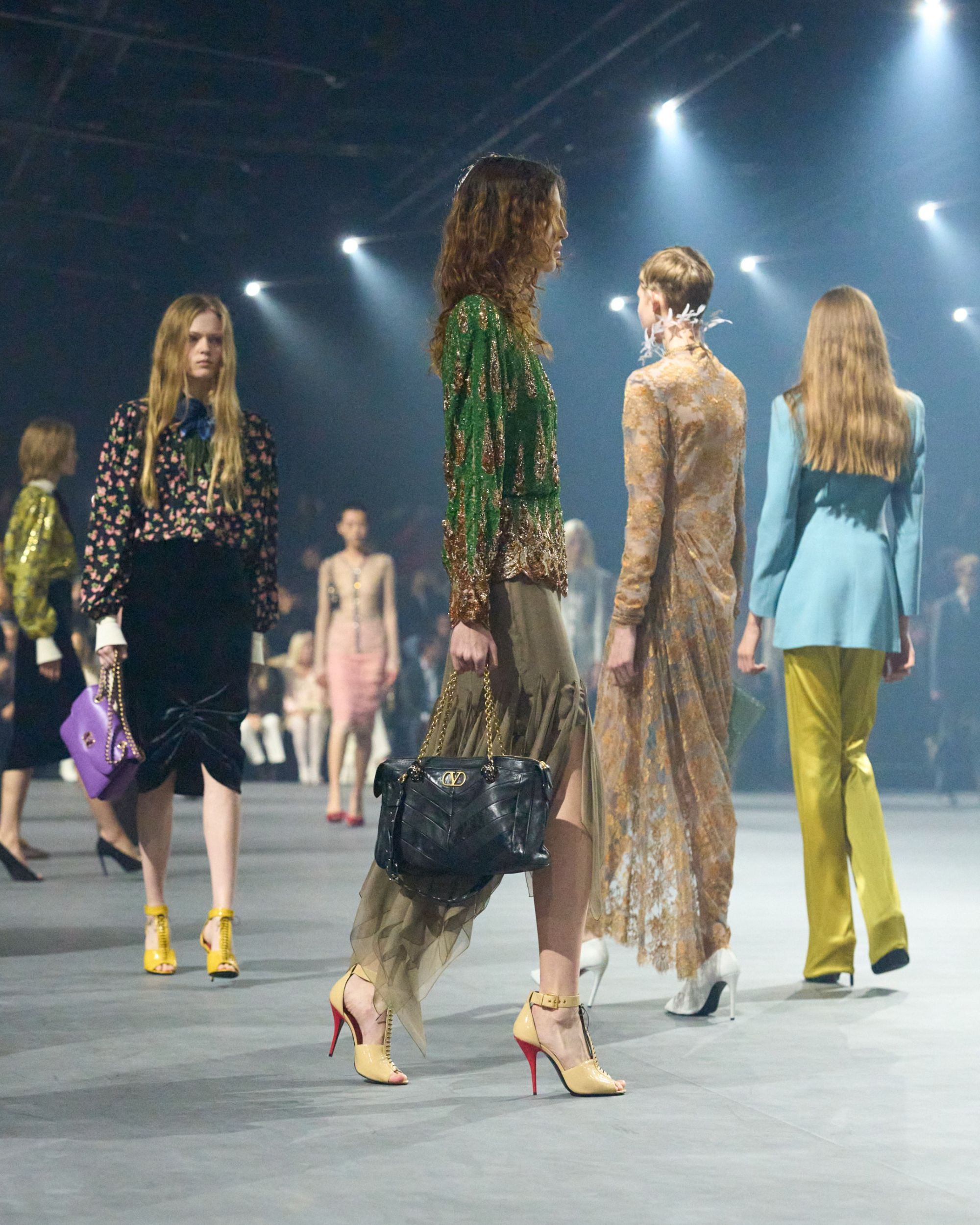
Does Rome have a fashion problem? The political self-sabotage of the Eternal City.
Writing about Rome is like playing cards with time: it passes quickly, never passes, a race lost from the start. Especially when we talk about fashion. Rewinding the reel of the amarcord film written and directed by the Eternal City, the image of Hollywood on the Tiber comes to mind, the “Courage, the best is over”, Audrey Hepburn, and the American stars immortalized by paparazzi always on the lookout on Via Veneto. Fashion, in the years of the Dolce Vita, was more alive than ever and could be traced in the creative work of the Fontana Sisters, Irene Galitzine, Fernanda Gattinoni, or Emilio Schuberth. Following the couture of Capucci, Lorenzo Riva, Valentino Garavani, and the leather goods of Fendi, as well as the media scene of Donna sotto le stelle interrupted in 2003.
Having challenged for almost 50 years the words of couturier Lucien Lelong, who said “couture exists in Paris, or not at all,” the geography of Italian fashion had seen Rome as a Paris destined to crumble - the remnants can be seen in internationally relevant brands such as Bulgari, Fendi, and Valentino, still loyal to the city where they were born. The relics included, at least until a year ago, the Gucci style offices at Palazzo Mancini on Via del Corso and a fashion week aimed at promoting and enhancing young national and international talents. The news of Gucci workers on strike against the relocation of the style office from Rome to Milan, inserted within the Roman political framework, is not news: fashion here has been sabotaging itself for a long time.
If Florence, through Pitti Immagine (a reference point for men's fashion), has not yet found an adequate answer to the fair crisis, “Rome, with AltaRoma, has been content to muddle through for too long,” writes Maria Luisa Frisa in the second edition of Le forme della moda. AltaRoma, which had established its fashion week in 2004, was the only Lazio consortium involved in managing fashion competitions and events in Rome until 2023, when the company announced its liquidation. Silvia Venturini Fendi, President of AltaRoma since 2010, gave an interview to Artribune in which she stated that, “the Company is in liquidation, resolved in January by the Assembly of members, at the request of the Lazio Region, in order to start the constitution of the new Foundation that should have, as it was natural, inherited assets and know-how according to the intentions repeatedly declared by the members.” While AltaRoma has acted as an incubator for talents like Massimo Giorgetti or Satoshi Kuwata (LVMH Prize winner), the potential of the Society has been continually hindered by the lack of strategic institutional collaboration. “The many new projects of the Altaroma Fashion Week were supported by Bulgari, Gucci, Fendi, and Valentino” - Venturini continues - “then, after a few years, problems began: some members asked to leave the company, others wanted to return to fashion-show business, and in 2015 the first halving of funds occurred.” After the development of a three-year industrial plan (2016-2018) and the interest of the Ministry of Economic Development (MISE), in 2017, the annual contribution from members was cut by over 90% compared to 2014. The final blow, in 2023: “Farewell to Altaroma” wrote Il Foglio journalist Fabiana Giacomotti, “maybe the schools will parade in the little gardens.”
“Rome has won” was the title of an article by Franca Sozzani that appeared in Vogue Italia in the 2000s - the editor-in-chief of the then most iconic Condé Nast magazine alluded to a Renaissance of Roman fashion that, in fact, did not happen. Beyond the seemingly rosy scenarios outlined on more than one occasion by the assessor for Grand Events, Sports, Tourism, and Fashion Alessandro Onorato and despite Vogue choosing the Eternal City as the venue for the Forces of Fashion event in October, the reality is that Rome has an unresolved issue with fashion. “If Rome, in fashion, returns to being only a backdrop to events, albeit appreciable and prestigious, as was the case with Donna sotto le stelle, and does not defend, consolidate, and enhance its role that makes it recognizable and respectable in the national and international fashion system, I fear it will end up relegated among cities destined to live off their reputation, sought more by tourists looking for selfies than by enterprises, creatives, and professionals carrying ideas and added value” explained Silvia Venturini Fendi. It is not only the design area suffering from the lack of a creative and industrial scene capable of critically reflecting on fashion but also the editorial sector consisting of magazines and PR agencies - it is not understood, moreover, how a city so deeply connected to the seventh art can harbor resentment towards the world of fashion.
If in America the production of films and TV series involves building characters through carefully chosen costumes, collaborations with luxury brands, and reinterpretations of fashion house archives, Italian cinema prefers to focus on uninspiring costume shots. Who is snubbing whom in this case is not known. With the creative matrix put to sleep and all operations in the talent scouting field put on hold, the script of Rome in the Italian and international fashion system seems to be devoid of lines. Lines that, in mid-October of this year, Giancarlo Giammetti earned with a recruiting post on his Instagram account announcing the arrival of a project from the Valentino & Giancarlo Giammetti Foundation dedicated to fashion, Accademia. After announcing a press conference to explain all the details of the project in question, there is no trace of that post anymore. Fashion is a profoundly political act - according to me the problem of fashion in Rome is political. It is political because it stages a time and a style that do not reconcile well with the idea of Milanese bourgeoisie. It is political because it rejects the idea of sectoriality and finds itself dealing with an archaeological heritage made up of interlocking forms and fabrics against a white marble background. It is political because it desperately needs to be rethought and reformulated in its collectivity: in ways, models, and fashion.















































